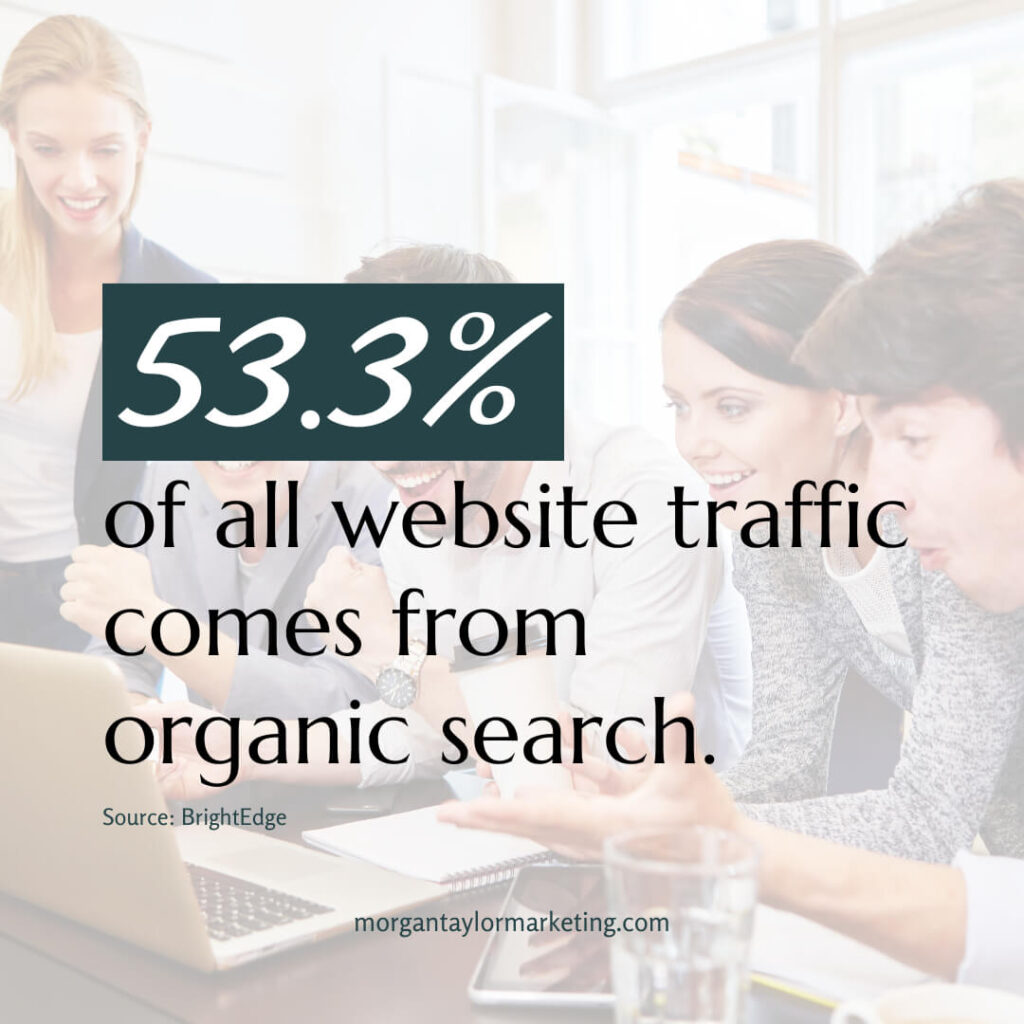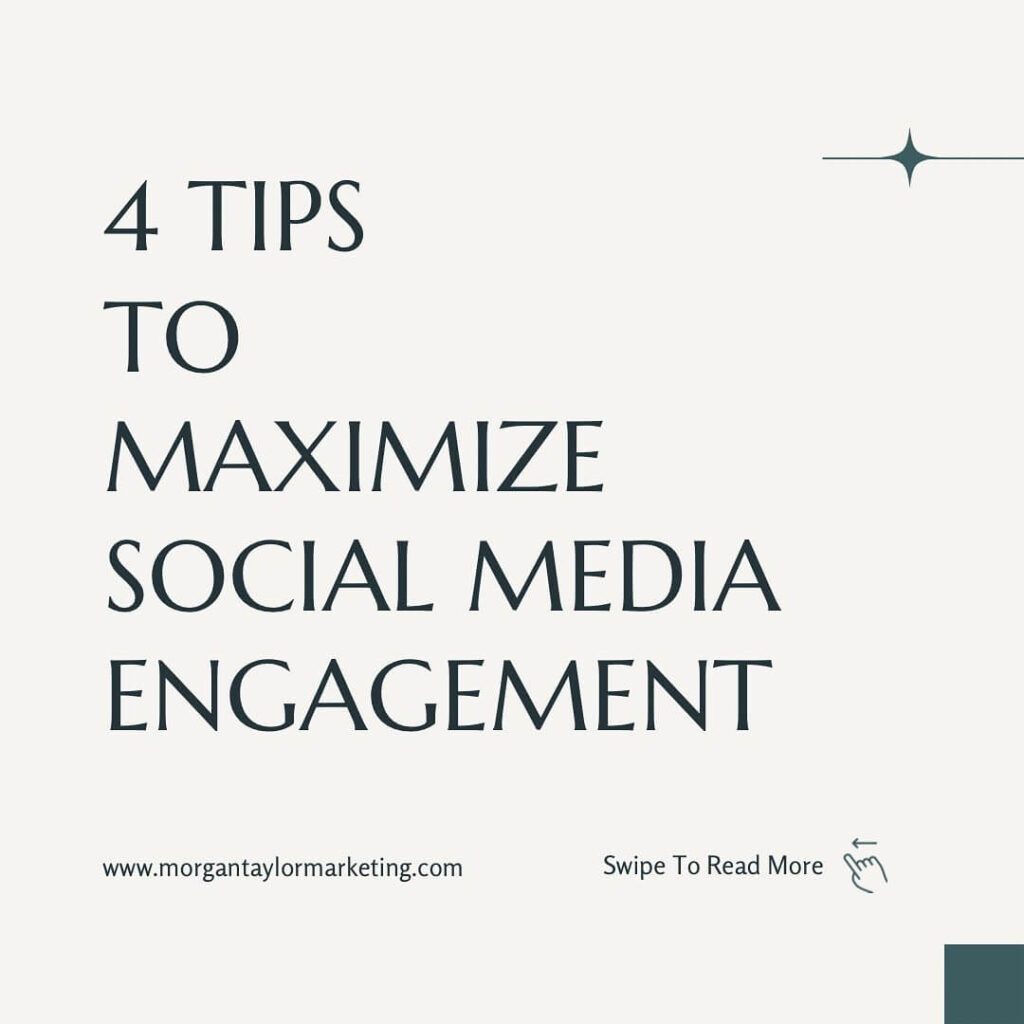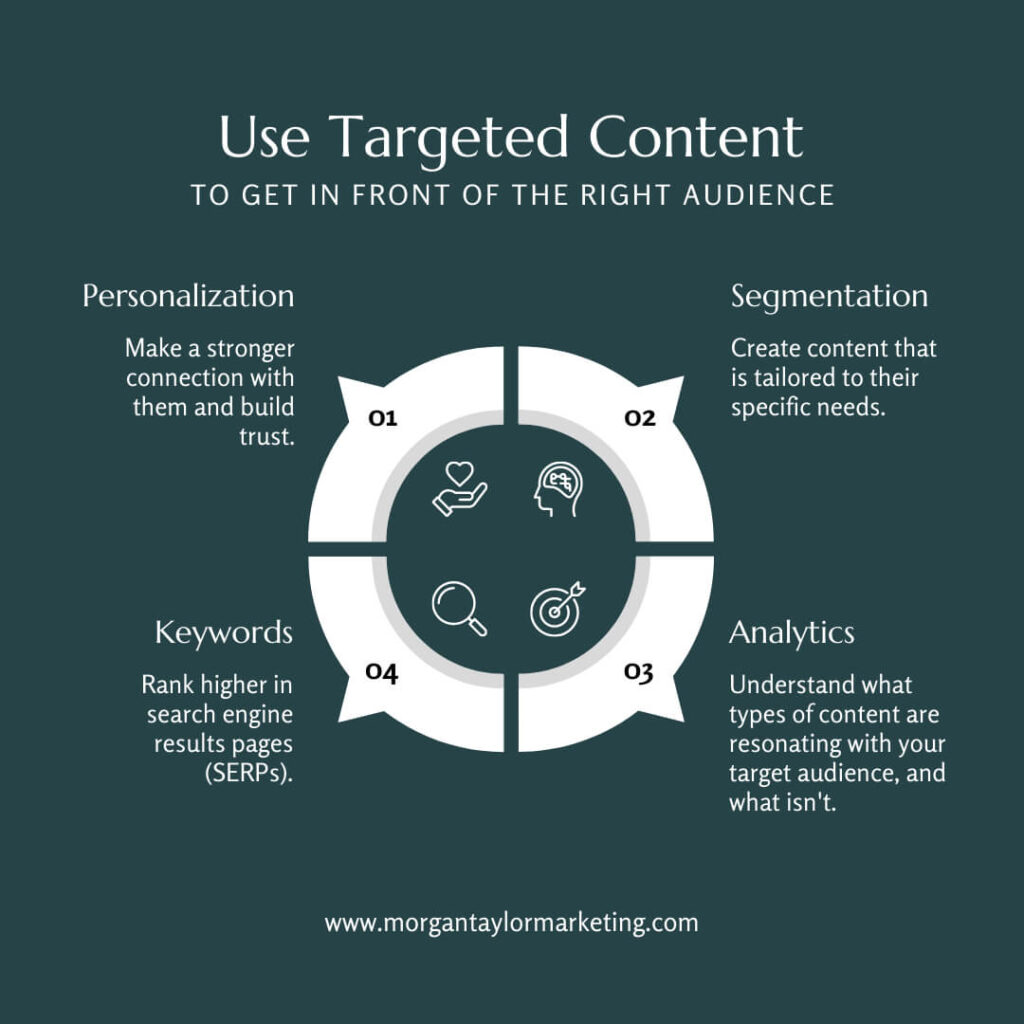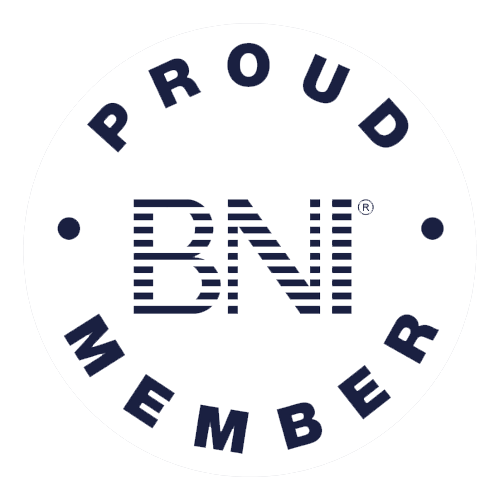Elevate your marketing strategy with the power of visual storytelling. Witness its profound impact on audience engagement and loyalty!
Visual storytelling has become a powerful tool in the world of marketing, and its significance cannot be overstated. By leveraging the arts of storytelling through visuals, marketers can captivate their target audience and leave a lasting impression.
This article explores the profound impact of visual storytelling on marketing success, shedding light on how it influences consumer behavior and shapes brand perception.
What is Marketing?
Marketing is a fundamental aspect of any business that aims to attract, engage, and retain customers. It is the strategic process of identifying, reaching, and satisfying customer needs and desires. Effective marketing strategies help businesses increase brand visibility, drive sales, and build strong customer relationships.
What is Visual Storytelling?
Visual storytelling in marketing refers to the strategic use of compelling visuals, narrative structure, and emotional connections to convey brand messages and engage the audience. It goes beyond static images and delves into the realm of creating immersive experiences that resonate with the viewers.
Understanding Visual Storytelling

Compelling visuals play a crucial role in visual storytelling. They grab attention, evoke emotions, and convey messages effectively. Whether it’s through striking photographs, eye-catching infographics, or captivating videos, these visuals serve as the foundation of a successful visual storytelling campaign.
The narrative structure is another key element. Just like any great story, visual storytelling requires a well-crafted narrative arc. It involves creating a coherent and compelling storyline that takes the audience on a journey, from the beginning to the end, while maintaining their interest and curiosity.
Emotional connection is the secret ingredient that makes visual storytelling so impactful. By tapping into the audience’s emotions, marketers can forge a strong bond and establish a sense of trust. Whether it’s joy, sadness, or inspiration, emotions play a pivotal role in shaping consumer behavior and brand perception.
Benefits of Visual Storytelling in Marketing
Visual storytelling offers numerous benefits that contribute to marketing success. One of the key advantages is increased audience engagement. When presented with a visually compelling story, viewers are more likely to stay engaged and attentive, absorbing the message and forging a connection with the brand.
When used correctly, visual storytelling enhances brand awareness and recall. A well-crafted visual narrative has the power to create a lasting impression in the minds of the audience. By associating the brand with a memorable story, marketers can increase brand recognition and recall, ensuring that their message sticks with the viewers long after they have encountered it.
Another powerful benefit is that visual storytelling improves message retention and comprehension. Studies have shown that visuals are processed by the brain faster and more easily remembered compared to text alone. By combining visuals with storytelling techniques, marketers can deliver their messages in a more impactful and memorable way, increasing comprehension and retention rates.
Leveraging Visual Storytelling in Different Marketing Channels

Visual storytelling can be effectively leveraged across various marketing channels to maximize its impact. Let’s explore its applications in social media marketing, website design, and video marketing.
Visual storytelling in social media marketing allows brands to craft captivating visuals specifically tailored to social media platforms. By utilizing visually striking images, videos, and infographics, marketers can create compelling narratives that resonate with their target audience. Social media platforms provide an ideal landscape for sharing these visual stories, evoking emotions, and encouraging engagement through likes, shares, and comments.
In website design, incorporating visual narratives into website layouts can significantly enhance user experience. By strategically placing visuals that tell a story, brands can guide visitors through their website and create a seamless and engaging browsing experience. Visual storytelling elements can also be utilized to showcase products or services, highlighting their features and benefits in a visually appealing and narrative-driven manner.
Video marketing is another channel where visual storytelling thrives. Videos have the power to captivate and engage viewers like no other medium. By incorporating storytelling techniques into video content, such as creating a narrative arc, using visuals to support the story, and leveraging emotions, marketers can create compelling video campaigns that drive conversions and leave a lasting impact.
See Related Post: User-Centered Design: Putting the User First in Web Design
See Related Post: Boost Your Lead Conversion with Responsive Web Design
Techniques for Effective Visual Storytelling in Marketing
To create effective visual storytelling campaigns, marketers need to employ certain techniques that maximize the impact of their visuals and narratives.
Choosing the right visuals is crucial. Marketers should consider the target audience, the brand’s identity, and the intended message when selecting visuals. The visuals should align with the brand’s aesthetics and values while resonating with the audience on an emotional level.
Crafting a compelling narrative arc is equally important. A well-structured story engages the audience from the beginning, builds anticipation, and resolves with a satisfying conclusion. Marketers should carefully plan the flow of their visual storytelling, ensuring that each piece contributes to the overall narrative.
Evoking emotions through visuals is a powerful technique in visual storytelling. By selecting visuals that elicit specific emotional responses, marketers can forge a deep connection with the audience. Whether it’s joy, nostalgia, or empathy, appealing to emotions helps to create a memorable and impactful experience.
Incorporating storytelling into brand identity and messaging is also crucial. The visuals and narratives should align with the brand’s core values and identity. Consistency in storytelling reinforces the brand’s message, fosters trust, and creates a cohesive brand image.
Measuring the Impact of Visual Storytelling on Marketing
To gauge the effectiveness of visual storytelling in marketing, it is crucial to establish key metrics and analyze audience response and engagement. Marketers can track metrics such as click-through rates, conversion rates, social media engagement, and brand mentions to measure the impact of their visual storytelling campaigns. Analyzing these metrics helps in identifying successful strategies, optimizing future campaigns, and aligning marketing efforts with business goals.
Incorporating feedback from the audience is equally important. Marketers can gather feedback through surveys, comments, and social media interactions. This feedback provides valuable insights into the audience’s perception of the visual storytelling campaigns and helps refine future strategies.
Tips for Implementing Visual Storytelling in Marketing Strategies
Implementing visual storytelling in marketing strategies requires careful planning and execution.
Here are some tips to consider:
- Understanding your target audience and their preferences is important. Conduct market research to gain insights into their demographics, interests, and behaviors. This knowledge will guide your visual storytelling approach and help you create content that resonates with your audience.
- Developing a consistent visual brand identity ensures that your visual storytelling aligns with your brand’s values, personality, and aesthetics. Consistency helps build brand recognition and fosters a strong brand identity.
- Experiment with different storytelling formats and techniques to find what works best for your brand and audience. Test different visuals, narratives, and emotional appeals to discover the most effective strategies.
Visual storytelling has revolutionized the marketing landscape, offering immense potential to engage and connect with audiences on a deeper level. By understanding the importance of visual storytelling in marketing, the elements that make it effective, and the benefits it brings, marketers can harness its power to drive success.
As technology evolves, the future of visual storytelling holds even greater opportunities. Augmented reality, virtual reality, and interactive experiences are expected to play significant roles in shaping the future of visual storytelling. By staying innovative and adapting to emerging trends, marketers can continue to leverage visual storytelling to captivate their audiences and achieve marketing success.








